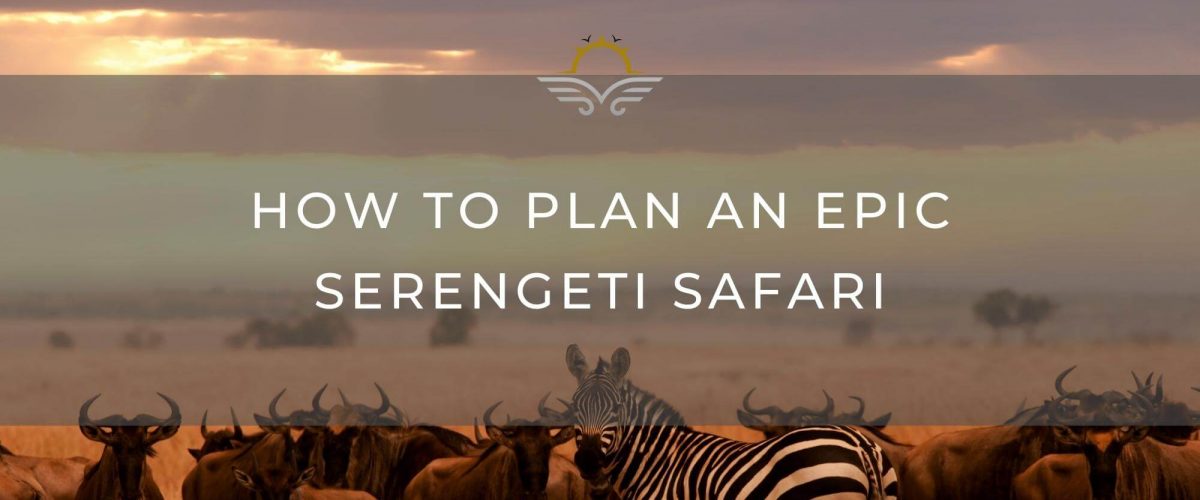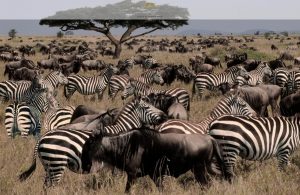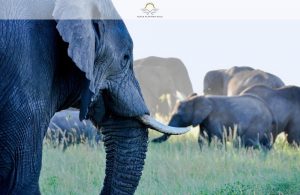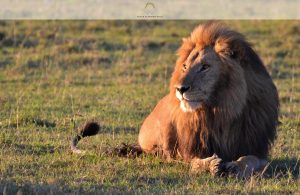A safari in Serengeti is almost a staple on many people’s bucket lists. Who can blame them, anyway? After all, nothing beats the experience of being surrounded by wildlife that you only often see in documentaries, TV shows, and movies.
If you have been dreaming of a wildlife-watching vacation, here is a quick guide on how to plan an epic Serengeti safari:
When to Go
The wildlife and weather are two key factors you need to consider when deciding when to go to Serengeti National Park. June through October are the most popular safari months when the park is in its dry season with sunny days and comfortable temperatures. Wildlife is also more abundant with fewer annoying mosquitoes.
The specific time of the year will also dictate your chances of wildlife. It is the time when the renowned Great Migration reaches its peak as around 2 million wildebeest move for the season.
You can also consider visiting during the wet season of November through May if you wish to avoid large human crowds. Competition in viewpoints is lesser and you can see nail-biting predator chases and adorable baby animals because of the calving season.
These months are also perfect for birdwatching. March to May sees heavier rains while November to February is less rainy.
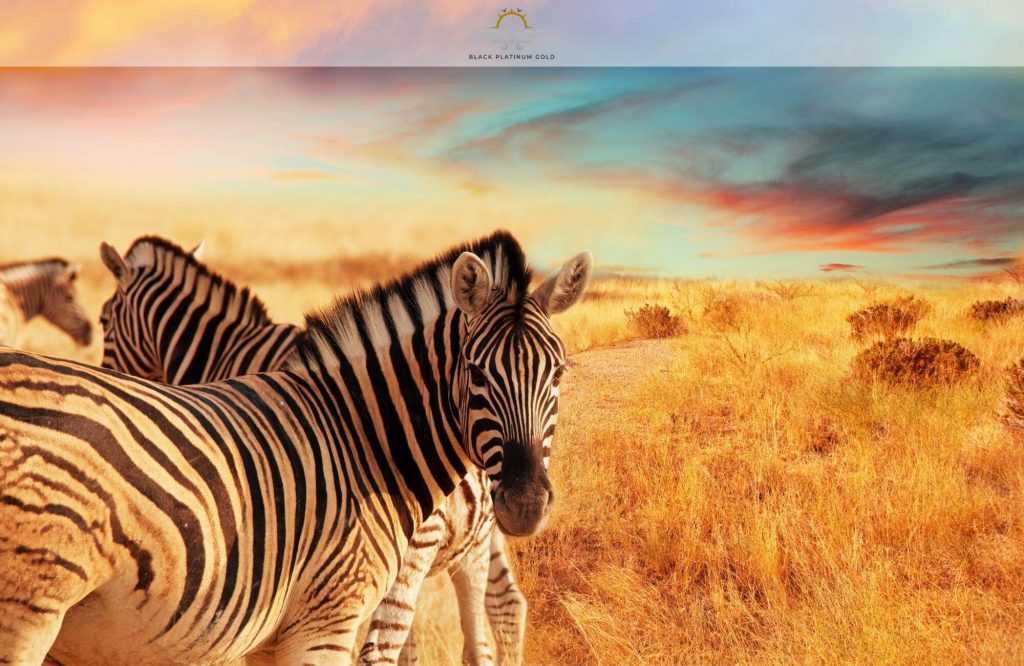
Where to Go
Serengeti National Park covers more than 5,700 square miles making it bigger than other states and impossible to explore in just one day. Be wise in choosing your base location so you can save yourself from spending your precious time driving from one site to another. Try to divide your trip between two sections to see as many things as possible during your visit.
There are four primary areas in the park, namely Southern, Northern, Western Corridor, and Central or Seronera.
The Seronera area is where you can find the Seronera River and is considered one of the park’s best sections for wildlife viewing. It is also near Naabi Hill Gate, one of the most renowned park entrances, and is an easy first stop during your long journey to the park.
It is best to proceed to the Western Corridor if you are visiting the park during the Great Migration because it allows you to see the wildebeest as they embark on their journey.
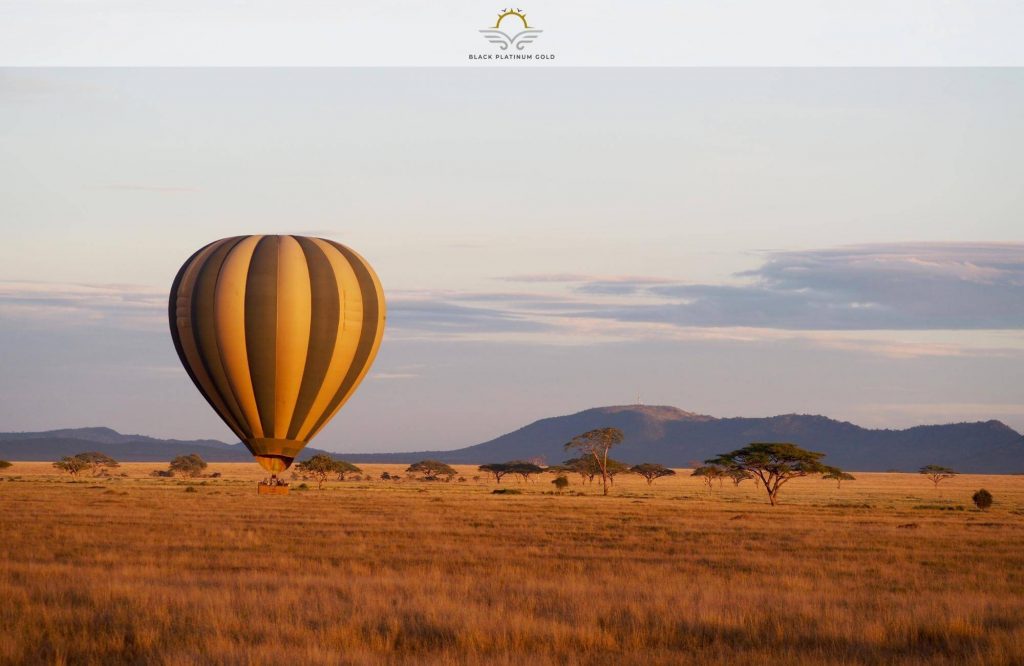
Another perfect base for the Great Migration is the Southern section where baby animals are born, and herds start their migration and return in December to graze.
The park’s verdant northern region provides amazing viewing opportunities for giraffes, lions, elephants, and impalas with smaller crowds than other parts.
How to Get There
The major airport closest to the park is Kilimanjaro International Airport. Once you arrive there, it will be approximately 200 miles to reach the park’s southern gate. You can book a scenic but longer road transfer, or a quick connecting flight to any of the seven airstrips located in the park.
The domestic airport of Arusha Airport is closer to Serengeti although reaching it will require more connections and layovers.
Most of the more luxurious lodges in the park have their airstrips. You can book private charter flights from Arusha or Kilimanjaro airports to start your trip seamlessly.
Be up close and personal with the wildlife by scheduling your Serengeti trip today!
You might also be interested in:
Best Places to Travel for Shark Experiences
Unlock the Many Natural Wonders of Zambia
Top 7 Whale Watching Destinations in Africa Worth Your Visit
Travel to the Galápagos Islands
How to Plan the Ultimate Trip to Patagonia

